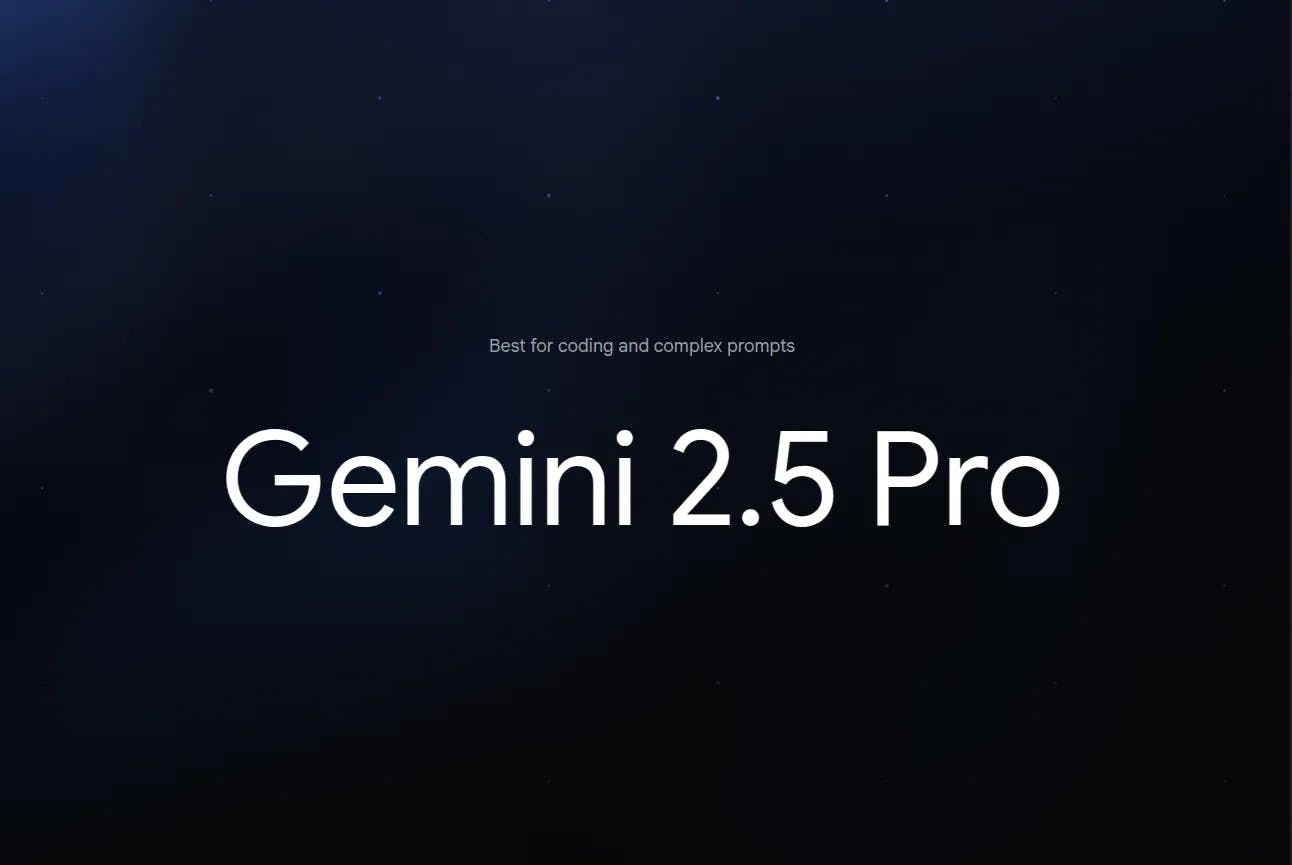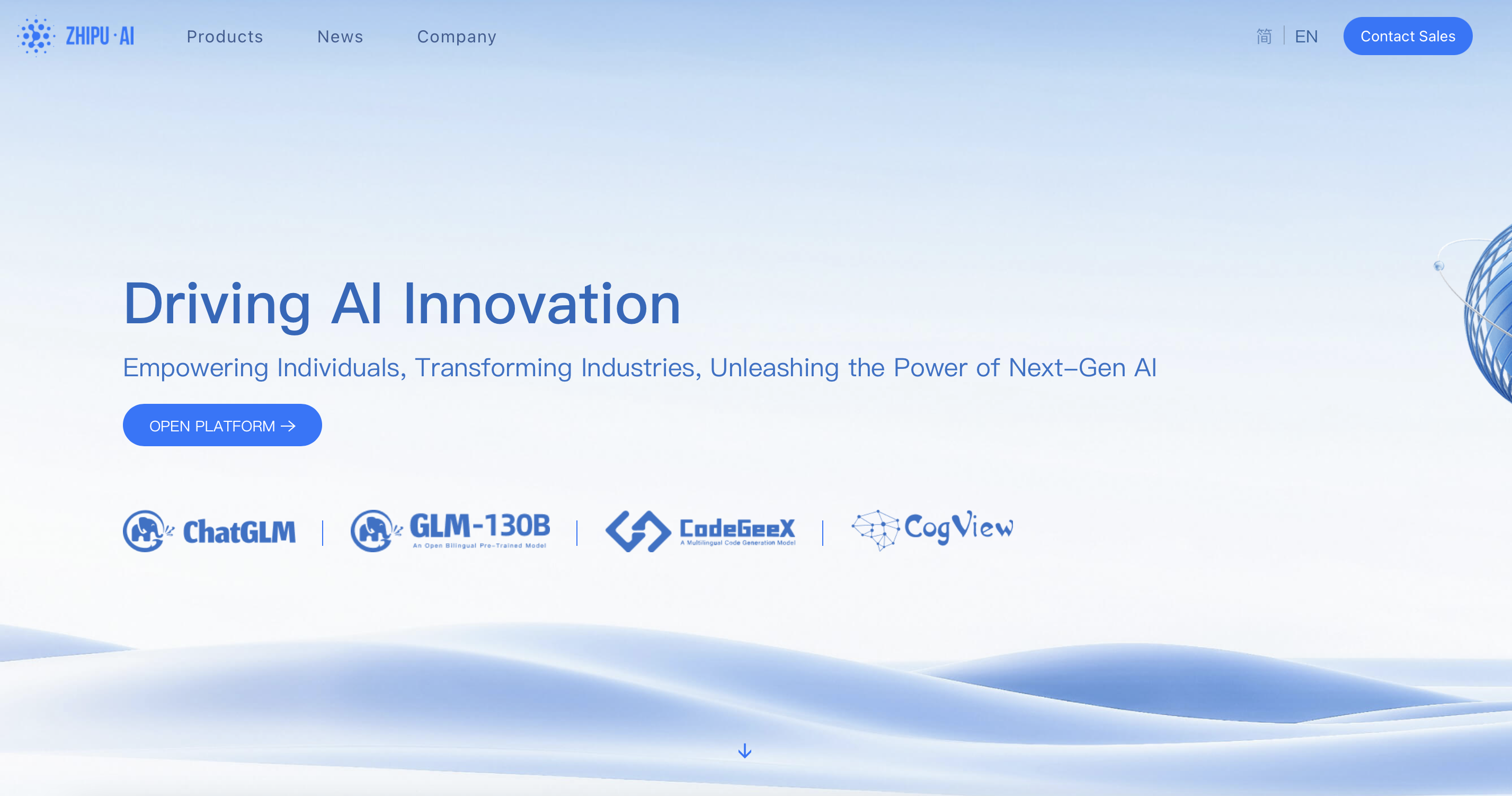Since sharing my initial thoughts on Google’s Gemini 2.5 Pro, I’ve dug even deeper and gathered answers to many common questions developers like us might have. This AI model is making waves, so let’s break down everything you need to know — from its groundbreaking features to the practical stuff like cost and limitations.
What Exactly Is Gemini 2.5 Pro?
Think of Gemini 2.5 Pro as Google’s most advanced publicly available AI model (as of my research in early 2025). It’s designed for complex reasoning tasks and excels in understanding and generating content across various formats. Google refers to it as a “thinking model,” emphasizing its improved logical capabilities.
Okay, But What Makes It Special for Developers?
This isn’t just another chatbot. Here’s the developer-centric breakdown:
- The MASSIVE Context Window: It can process up to 1 million tokens in a single prompt. Google is even testing 2 million tokens! (For comparison, models like GPT-4 Turbo offer around 128K, and Claude 3.5 Sonnet offers 200K). You can feed it entire codebases (~30,000 lines!), long technical documents, hours of video, or large datasets without needing complex workarounds like chunking or elaborate Retrieval-Augmented Generation (RAG) for most tasks. It understands the whole picture.
- True Native Multimodality: It inherently understands and processes text, code, images, audio, and video inputs all together. Debug code using error message screenshots, analyze UI mockups alongside requirements docs, generate code from diagrams, or even get insights from video walkthroughs. Some versions (in preview) might even offer image and speech generation as outputs.
- Enhanced Reasoning & Coding: It shows strong performance on coding benchmarks (like SWE-Bench, LiveCodeBench) and complex reasoning tasks. Expect potentially better code generation (fewer bugs, better architecture), more insightful debugging help, improved understanding of complex requirements, and better function calling (letting the AI use external tools/APIs via your code).
- Grounding: Can connect to Google Search for up-to-date information in its responses.
- Code Execution: Can run code (like Python) to perform calculations or test logic.
- Controlled Generation: Offers parameters to better control the output format and style.
- Etc.
Developer Use Cases: Beyond Simple Code Generation
There are many use cases for how you can use this AI; these are some of them:
- Full Codebase Analysis & Refactoring: Analyze the structure, dependencies, and potential bugs and get suggestions for large-scale improvements.
- Complex Application Scaffolding: Generate multi-file, multi-language project structures.
- Multimodal Debugging: Provide code snippets, error logs, and screenshots of the faulty UI.
- Documentation Powerhouse: Generate comprehensive READMEs, API docs (e.g., OpenAPI specs), or tutorials based on the code.
- Data Analysis & Visualization Insights: Feed it data (e.g., CSV) and ask for analysis, trends, or even Python code (using libraries like Pandas/Matplotlib) to visualize it. (Note: Requires appropriate setup/SDK usage)
- Learning & Explanation: Understand complex algorithms, design patterns, or research papers by providing the content and asking specific questions.
How Much Does Gemini 2.5 Pro Cost? (Access & Pricing)
-
Google AI Studio: Often the first place to try new models. It usually has a generous free tier (subject to rate limits) for experimentation. Great for testing prompts and capabilities. (External Link: Google AI Studio)
-
Gemini Advanced: Part of the Google One AI Premium subscription (around $19.99/month). Integrates Gemini into Google Workspace (Docs, Gmail, etc.) and offers capabilities like the larger context window. (External Link: Google One AI Premium)
3. Vertex AI (Google Cloud): The enterprise platform. This is where you build scalable, production applications. Pricing is typically pay-as-you-go based on input/output tokens. Gemini 2.5 Pro is rolling out here, potentially starting as ‘Experimental’ or ‘Preview’. Expect standard cloud service costs. (External Link: Google Cloud Vertex AI — Gemini page)
src: https://ai.google.dev/gemini-api/docs/pricing
How Does It Compare to Models like GPT-4 or Claude?
Compared to others like ChatGPT-4o, Grok-3, and GPT-4.5, Gemini 2.5 Pro is the only one consistently ranked 1st, showing it’s currently the most well-rounded and capable model across tasks.
-
Gemini 2.5 Pro’s 1M token window is significantly larger than GPT-4 Turbo’s ~128K or Claude 3.5 Sonnet’s 200K (as of early 2025), enabling different kinds of tasks.
-
While others handle multimodal input, Gemini 2.5 Pro’s architecture is built natively for it, which may offer advantages in integrated reasoning across types.
-
Benchmarks show strong performance, particularly in coding (SWE-Bench, LiveCodeBench), but real-world results depend heavily on the specific task and prompting. Direct comparisons are complex and evolve rapidly.
-
Gemini 2.5 Pro (exp-03–25) outperforms all other models across every category, ranking #1 overall and in all subcategories like:
- Hard prompts
- Style control
- Coding
- Math
- Creative writing
- Instruction following
- Longer queries
- Multi-turn conversations
How to Try Gemini in Google AI Studio
-
Visit: https://aistudio.google.com and sign in with your Google account.
-
Click on “Create Prompt” at the left navigation.
-
On the right sidebar, select the Gemini 2.5 Pro or the latest available version from the model dropdown.
-
Type your prompt.
-
Click “Run” or press Ctrl + Enter.
-
(Optional) Upload files or images. Gemini 2.5 Pro supports multimodal inputs — you can upload images and ask questions about them!
-
Go to gemini.google.com.
-
Log in using your Google Account. If you don’t have one, you’ll need to create one.
-
Click on the model dropdown (top-left, under “Gemini”) and select “2.5 Pro (experimental)”.
-
Type your question or task in the chat box at the bottom.
-
Press Enter.
How to Try Gemini in https://gemini.google.com/
Accessing and Using the Gemini 2.5 API
For developers seeking programmatic access to Gemini 2.5, the Gemini API offers a robust solution. Google provides client libraries for popular programming languages such as Python and JavaScript , which greatly simplify the integration process.
The first step is obtaining an API key from the Google AI Studio.
For Python users, the next step is to install the google-generativeai library using the pip package manager with the command:
pip install google-generativeai
A basic example of Python code for sending a text-based prompt to the Gemini 2.5 Pro Experimental model is as follows:
import google.generativeai as genai
genai.configure(api_key="YOUR_API_KEY")
model = genai.GenerativeModel('gemini-2.5-pro-exp-03-25')
prompt = "Explain how neural networks work in simple terms."
response = model.generate_content(prompt)
print(response.text)
I also have a simple Node.JS application that uses Google’s API. You can find the repository on my GitHub.
Video Tutorial
Watch on YouTube:
Conclusion
Gemini 2.5 Pro lets you work with much more data at once (like large projects) and understands different inputs, which is super helpful. While you need to be careful and review its suggestions, it’s a powerful way to innovate, solve hard problems, and make development quicker. Give it a shot and share your feedback in the comment section below.
Cheers! 😉












